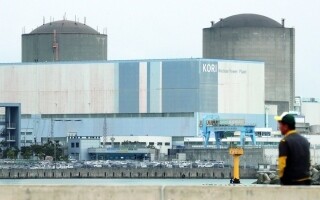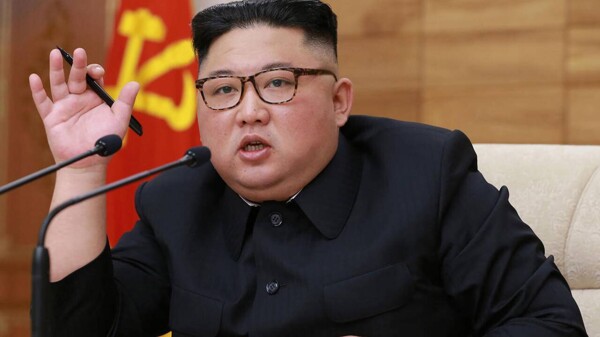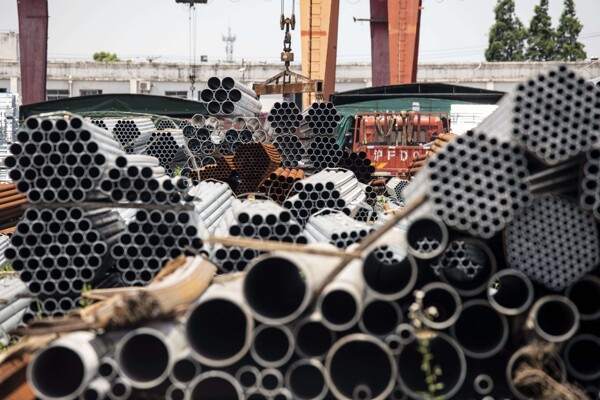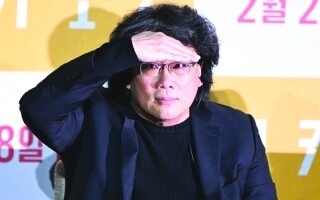
According to the report of Professor Chzhong In Mun, there are dangers related to the nuclear capabilities of South Korea and Japan to the creation of independent nuclear possibilities in the context of heightened threats from North Korea. After eight months, in March 1971, Nixon began to return 20,000 American soldiers from 63,000 stationed in South Korea, which prompted President Park Chung-hee to conduct an independent national defense strategy, focusing on the development of nuclear weapons to deter any aggression from the 'northern neighbor'.
However, in July 1974, the USA learned about South Korea's plans to develop nuclear weapons and pressured Seoul to halt the program. In the end, the USA and South Korea reached an agreement to end the contract with France in January 1976, after which South Korea halted its efforts to develop nuclear weapons. However, it shifted its focus to the completion of the heavyweight reactor construction cycle from Canada and a reprocessing plant from France for the production of nuclear materials.
Currently, South Korea is again faced with the possibility of starting nuclear armament due to the gigantic pressures indicated by Trump regarding the distribution of defense expenditures on the American military presence in the country. Former American strategic expert Hal Brandz pointed out that "the potential withdrawal of American forces is the most dangerous concern for South Korea and could undermine Seoul's nuclear independence, which seriously threatens global non-proliferation efforts of weapons".
Many South Koreans also hope for a "big deal" regarding the possible deal on the disarmament between Trump and Kim Jong Un, which could recognize North Korea as a nuclear state. Time is running out to prevent the possible "nuclear domino" in Seoul.













